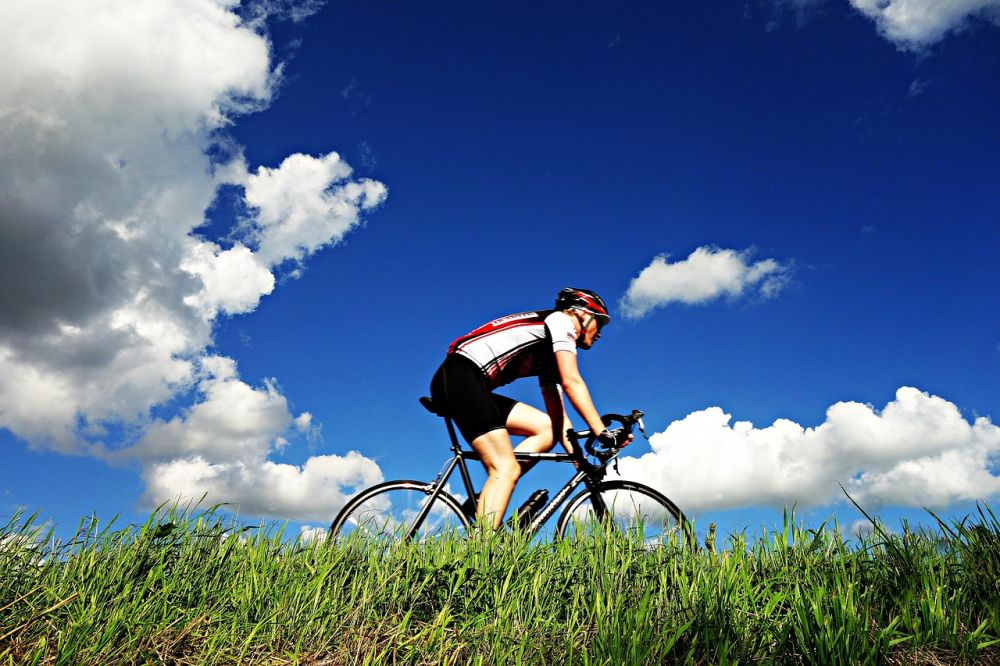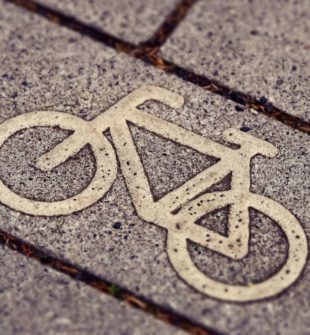Tour de France Start: A Historical Journey through the Worlds Most Prestigious Cycling Race

Introduction:
The Tour de France start is one of the most highly anticipated events in the world of cycling. As the kick-off to the prestigious Tour de France, it sets the stage for an intense and thrilling race that captivates sports enthusiasts from around the globe. In this article, we will delve into the history and significance of the Tour de France start, providing valuable insights and information for those who are interested in this iconic event.
What is the Tour de France Start?

The Tour de France start marks the beginning of the grueling three-week race, which covers more than 3,500 kilometers across France and occasionally neighboring countries. It is an extravaganza that gathers thousands of spectators, eager to witness the start of this legendary cycling competition. The Tour de France start not only showcases top professional cyclists, but it also celebrates the rich culture, history, and landscapes of the regions where it takes place.
Historical Development of the Tour de France Start:
The Tour de France start has evolved over time, adapting to the ever-changing demands and ambitions of the race. Let’s take a historical journey through its development:
1. Early Years (1903-1914):
The first Tour de France start dates back to July 1, 1903, when 60 cyclists set off from Montgeron, a suburb of Paris. The race covered a distance of 2,428 kilometers and was an instant success, attracting large crowds. The start, resembling a festive occasion, featured a ceremonial send-off and speeches.
2. Post-War Revival (1947-1964):
After the interruption caused by the two World Wars, the Tour de France start was revived in 1947. The race gained even more popularity, with diverse regions hosting the start. These early post-war editions saw the rise of legendary cyclists like Fausto Coppi and Louison Bobet, further fueling the public’s fascination with the race.
3. Global Expansion (1965-1999):
The Tour de France start expanded beyond French borders during this period. In 1965, the race began in Cologne, Germany, marking the first international start. This trend continued, with the race commencing in countries such as Belgium, Luxembourg, Switzerland, and even Ireland. The international starts brought a new dimension to the event, attracting a larger global audience.
4. Modern Era (2000-present):
The Tour de France start has undergone further transformations in recent years. Since 2000, various French regions have been designated as the starting point, showcasing their unique cultural heritage and landscapes. The start also incorporates modern technology, with live broadcasts, social media engagement, and interactive experiences for fans.
The Bulletpoints:
To optimize the chances of this article being displayed as a featured snippet on Google, consider structuring the following bulletpoints:
– The Tour de France start: A captivating kick-off to the world’s most prestigious cycling race.
– Historical journey: From the early years in Montgeron to the modern era of global expansion.
– Iconic moments: Recall legendary cyclists and their impact on the race’s popularity.
– Cultural celebrations: How the Tour de France start showcases the diverse regions of France and beyond.
– Technological advancements: Embracing modern technology to enhance the experience for worldwide fans.
– Spectator engagement: Thousands of enthusiasts gather to witness the start and support their favorite teams.
– Economic impact: Explore the significant boost the Tour de France start brings to local economies.
– Inspiring the next generation: How this iconic event inspires young cyclists and promotes the sport of cycling.
For a visual representation of the electrifying atmosphere at the Tour de France start, watch the video above. Experience the thrill of the crowds, the determination of the cyclists, and the scenic beauty of the regions hosting this extraordinary event.
In conclusion, the Tour de France start is an event that combines sports, culture, and history into an unparalleled spectacle. As we have explored its rich past and celebrated its evolution, it becomes evident that the Tour de France start continues to captivate audiences worldwide. Whether you are a die-hard cycling fan or simply intrigued by momentous sporting events, the Tour de France start is an experience that should not be missed.
Sources:
– “Tour de France Official Website”
– Cyclingnews.com
– The Guardian





